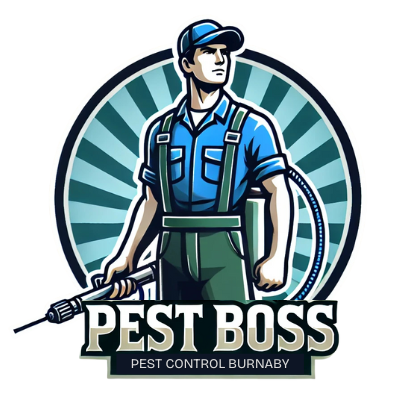Here’s a pest you don’t want to find in your soup bowl (or any food for that matter!). The flour beetle’s favourite food is fairly obvious: flour, cereal, pasta, and grains. These need to be ground up in order for flour beetles to survive. They do not eat whole grains or kernels.
Each species of flour beetle—the most common being the red beetle and the confused beetle—looks the same. These insects are shiny, flat, and reddish brown in colour with a length of 3 to 4 millimeters long. Their larvae’s appearance is white with hints of yellow and 2 prominent dark parts at the tip of the abdomen, and it can grow up to 6 millimeters in length before reaching the pupae stage.
Our kitchens and pantries are the most likely places you’ll find flour beetles. Any stored grains within warehouses, supermarkets, mills, and the crevices of kitchen pantries and cabinets where food can spill out—these are all the natural habitats of the flour beetle.
The worst thing the flour beetle does is contaminate our food. Whatever food they get into is polluted by their cast off skins, fecal matter, liquid waste, and even by their very presence. An infestation can cause moisture to build up in your food products and lead to mold growth.
The easiest way to find out if an infestation is present is by smelling it. If the stored flour or cereal in your cupboard smells sharp, pungent, and unpleasant, or the meal has turned pink instead of beige or pale or white, those are signs the infestation has gotten out of hand!
Prevention is the best course of action; simply inspect flour, cereal, pasta, and cake mixes before storing them in your cupboard. Vacuuming also helps, especially around and near any crevices. If the item is too badly infested, it’s best to throw it out.
These are great ways to keep out flour beetles. However, if this sounds like your current infestation problem and there’s too many cupboards to go through or too many wriggling beetles to get rid of, give your local Pest Boss a call. We’ll get you, varmints!


